Bowerbirds
Stadtpark, 2009
Vienna is for sure not one of the worst cities when it comes to finding a place to park. However, on this particular day Bowerbirds singer Phil repeatedly drives in circles round the venue looking for the right spot. At some point he gives up and we just hop on their tourbus, driving through the city without any particular destination, finally arriving at Stadtpark. Bus parked, instruments unloaded and then we find ourselves in one of the longest and most enjoyable sessions we’ve ever done. Bowerbirds almost play without stop: next to their bus, while walking from the bus into the park, beside a monument, while passing a playground and strolling down a hill; In the end Phil does one song by himself, sitting in a jungle net with a kid putting its foot on his neck (“I want to go down this way!”, it says). The Raleigh-based band around Phil Moore and Beth Tacular obviously blossoms up in this setting, enjoying the busy park life with all the children playing in the mild spring sunshine. Their beautifully harmonic folk songs not only make it a memorable afternoon for us and them, but also for their very young audience.
- Photography
- Simon Brugner
- Artist
- Bowerbirds
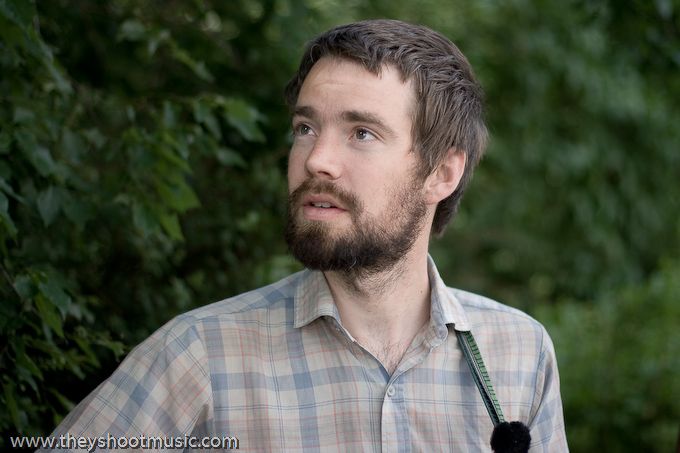
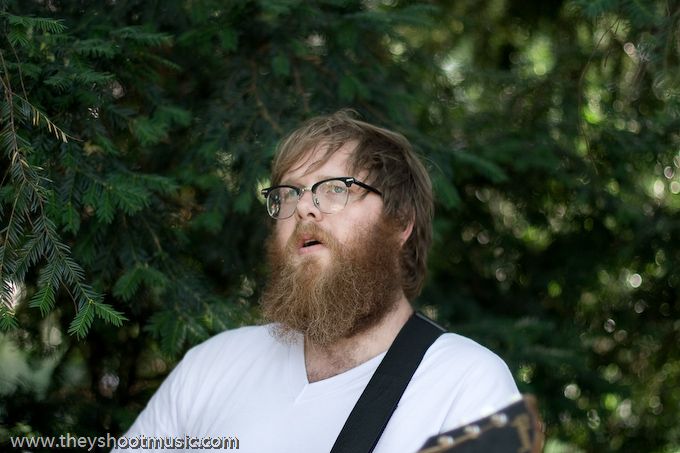
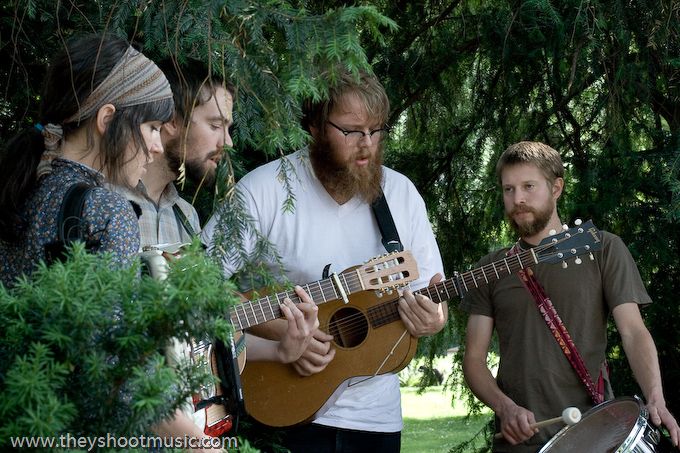
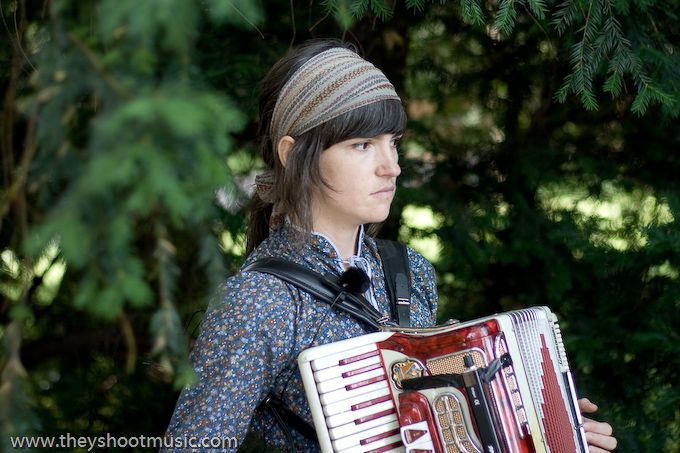
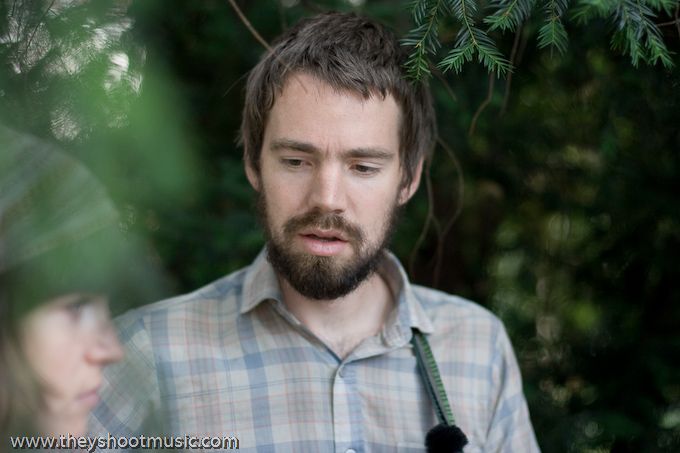
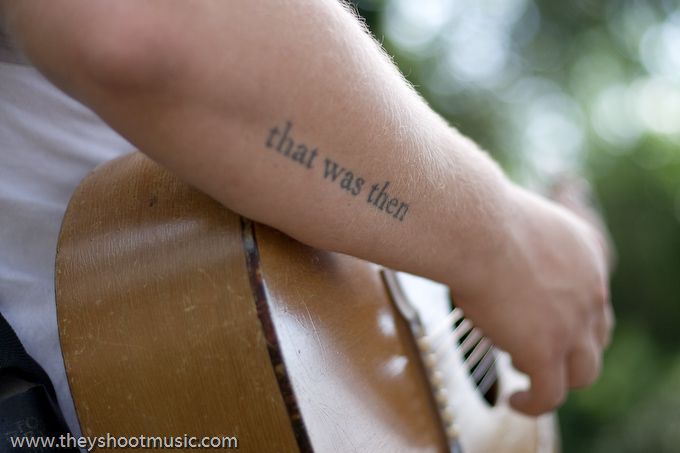
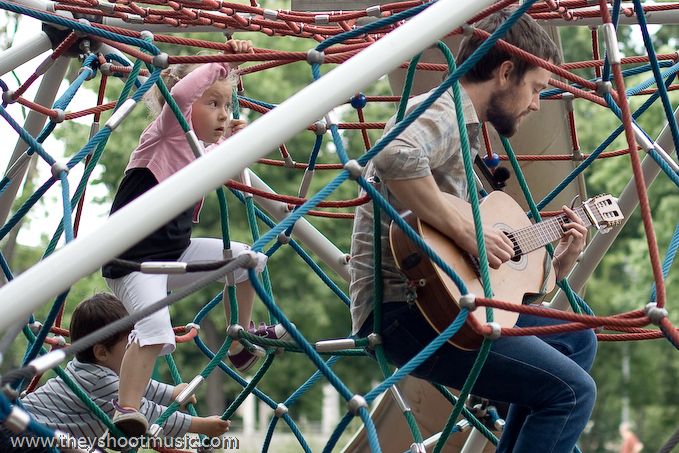

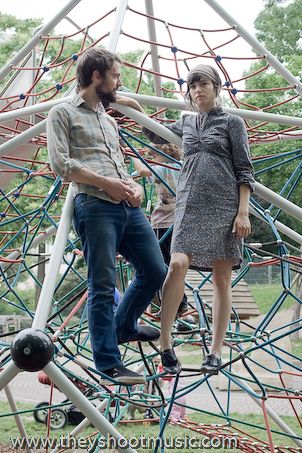
Stadtpark
Stadtpark (City Park) is with 20 hectares the amplest park along the Ringstraße. Its doors opened in 1862 after the city wall was carried off and the Ringstraße constructed. It was created in the manner of an English park with statues of famous Viennese characters, ponds with ducks, old broad-leafed trees and smooth lawn to sit and lie on. The Stadtpark is bordered by a tree planted avenue that keeps the business outside. In the warmer season people working in the inner city come to this quiet and peaceful oasis to repose during lunch break. Stadtpark is divided by the Wienfluss (River Wien) with some sport- and playgrounds on its Eastern side. Memorials and busts of politicians, artists and most of all composers – e.g. Franz Schubert, Anton Bruckner or Franz Lehár – are spread all over it. The golden statue of Johann Strauß is the most popular among them (replicas shown in Osaka and Havana). The violin-playing Strauß is positioned under a stone arch decorated with waves and mermaids that represent the river Danube – associated with the famous waltz The Blue Danube. Strauß used to play in the renaissance-style Kursalon close-by that holds still well-attended concertos today.